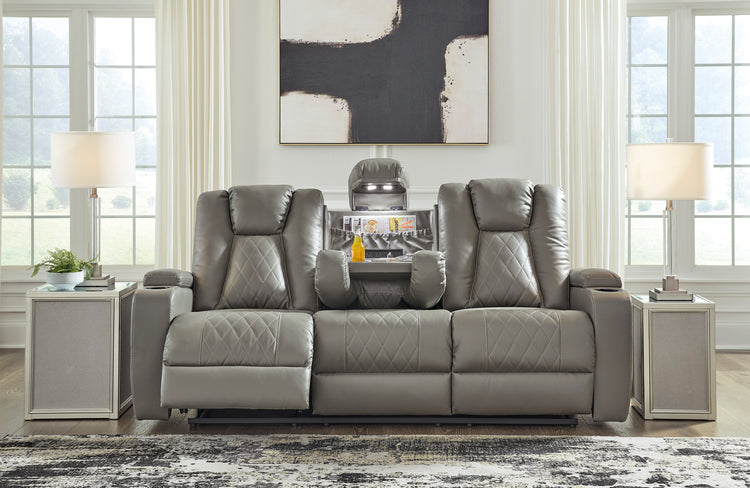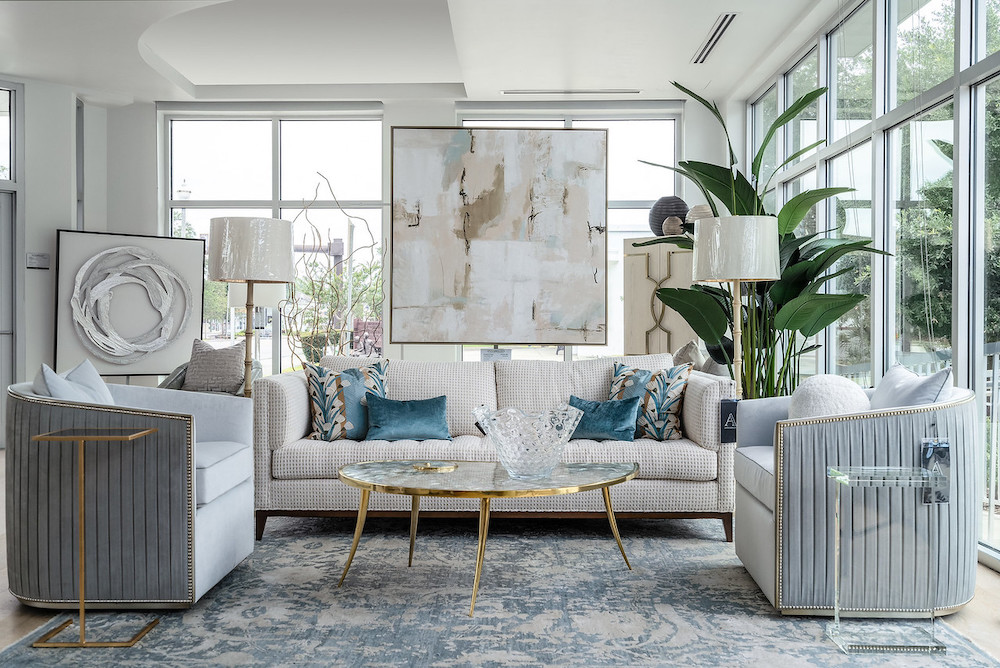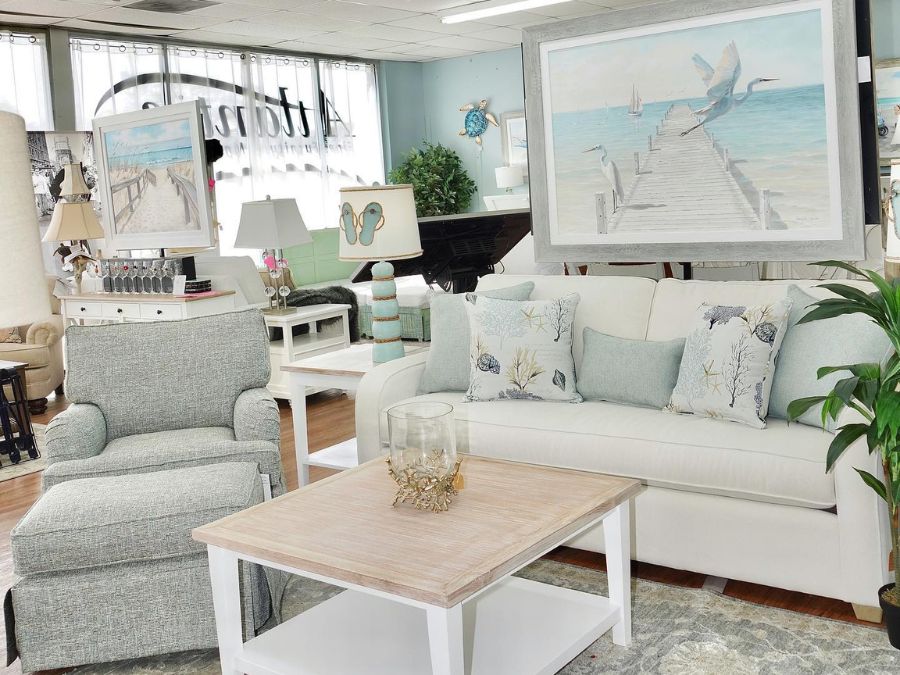When it comes to creating a home that reflects your taste and personality, the role of fine furniture and decor cannot be overstated. As someone who has spent countless weekends scouring antique shops and modern design stores, I’ve learned that fine furniture is not just about aesthetics; it’s about creating a warm, inviting space that feels like your own. In this comprehensive guide, we’ll dive deep into the world of fine furniture and decor, exploring styles, materials, tips for choosing the right pieces, and more.
Understanding Fine Furniture
Fine furniture refers to high-quality pieces that are often crafted with precision and care. These items are typically made from premium materials and can serve as both functional pieces and beautiful decorative elements in your home.
The Characteristics of Fine Furniture
Fine furniture stands out due to several key characteristics:
- Quality Materials: High-grade wood, fine upholstery, and durable hardware.
- Artisanship: Expert craftsmanship and attention to detail.
- Timeless Design: Classic styles that transcend trends.
- Longevity: Built to last for generations.

Types of Fine Furniture
Fine furniture comes in many forms. Here are some of the most popular types:
| Type | Description | Use |
|---|---|---|
| Sofas | Comfortable seating options often with exquisite upholstery. | Living rooms, family rooms. |
| Dining Tables | Sturdy tables designed for dining, often with beautiful finishes. | Dining rooms, kitchens. |
| Bedrooms Sets | Bedframes, nightstands, and dressers designed to coordinate. | Bedrooms. |
| Accents | Smaller pieces like side tables and display cabinets. | Various rooms for decoration and storage. |

Choosing the Right Fine Furniture for Your Space
Choosing fine furniture can be an overwhelming task, especially with so many options available. Here are some tips based on my personal experience to guide you:

Assess Your Space
Before purchasing any furniture, take a good look at your space. Measure your rooms and consider how much light they receive and the overall ambiance you want to create.

Consider Your Lifestyle
Your lifestyle will greatly influence the type of furniture you choose. For instance, if you have children or pets, consider durable fabrics and easy-to-clean surfaces.

Setting a Budget
Fine furniture can range from moderately priced to luxury items. Determine your budget beforehand to help narrow down your options.

Research Styles
From modern minimalism to classic elegance, different styles create unique atmospheres. Take time to research various styles that resonate with you.

Incorporating Color and Texture
Don’t forget about the colors and textures that will complement your existing decor. Mixing and matching materials can create a more dynamic and inviting space.
Popular Styles of Fine Furniture and Decor
Each furniture style brings its own flavor to home decor. Here are some of the most popular styles you might consider:
1. Traditional
Traditional furniture pieces are characterized by their classic designs and rich finishes. They often feature intricate details and are made from high-quality woods.
Pros and Cons of Traditional Furniture
- Pros: Timeless appeal, durability, often handcrafted.
- Cons: Can be expensive, may not suit modern decor themes.
2. Modern
Modern furniture emphasizes clean lines, minimalism, and functionality. It often utilizes materials like metal and glass.
Pros and Cons of Modern Furniture
- Pros: Sleek and stylish, fits well in small spaces.
- Cons: May lack warmth or character.
3. Mid-Century Modern
This style combines form and function, incorporating unique shapes and bold colors while maintaining simplicity.
Pros and Cons of Mid-Century Modern Furniture
- Pros: Timeless appeal, versatile in different settings.
- Cons: Authentic pieces can be hard to find and pricey.
4. Rustic
Rustic furniture is characterized by its natural appearance, often made from reclaimed wood and featuring rough finishes.
Pros and Cons of Rustic Furniture
- Pros: Warm and inviting, provides a cozy atmosphere.
- Cons: May require more maintenance, not always suitable for modern decor.
Materials Used in Fine Furniture
Materials play a significant role in the quality and longevity of fine furniture. Here’s a closer look at some common materials used:
Wood
Solid wood is often the preferred choice for fine furniture due to its durability and natural beauty. Various types of wood, such as oak, cherry, and walnut, each have unique characteristics that affect the final product.
Upholstery Fabrics
For upholstered pieces, the choice of fabric matters. High-quality leather, velvet, and natural fibers can enhance the comfort and aesthetic appeal of furniture.
Metal and Glass
These materials are often used in modern furniture designs for their sleek and contemporary appearance. They can add a touch of elegance and sophistication to any space.
Decorating with Fine Furniture
Once you’ve selected your fine furniture pieces, it’s time to think about decorating. Here are some tips for creating a cohesive design:
Layering Textures
Incorporate various textures through throws, cushions, and rugs to add depth to your space. Combining materials like leather, wool, and cotton creates a welcoming environment.
Balancing Color Schemes
Choose a color palette that complements your fine furniture. A neutral base can be accented with bolder colors in decor items.
Utilizing Art and Accessories
Artwork and decorative accessories are great for personalizing your space. Consider incorporating pieces that reflect your personality and interests.
Where to Buy Fine Furniture
Finding the perfect fine furniture can be a journey. Here are some of my favorite places to shop:
1. Antique Stores
For those seeking unique and character-filled pieces, antique stores can be treasure troves. You might find one-of-a-kind items that add charm to your home.
2. High-End Furniture Stores
Retailers specializing in fine furniture often offer a range of styles and customization options. Look for reputable brands known for their craftsmanship.
3. Online Platforms
Websites like Wayfair, Overstock, and even Etsy can provide access to fine furniture at various price points. Be sure to read reviews and check return policies.
Maintenance Tips for Fine Furniture
To keep your fine furniture looking its best, regular maintenance is crucial. Here are a few tips:
Cleaning
Regularly dust furniture surfaces and use appropriate cleaners for different materials to maintain their beauty.
Protection
Use coasters, placemats, and soft pads beneath objects to prevent scratches. Consider applying furniture polish or wax to protect wood surfaces.
Environmental Considerations
Keep furniture out of direct sunlight to prevent fading and avoid excessive moisture which can warp wood or damage upholstery.
FAQs About Fine Furniture and Decor
What is considered fine furniture?
Fine furniture is typically high-quality, well-crafted pieces made from premium materials that prioritize both function and aesthetics.
How do I choose the right furniture style for my home?
Consider your existing decor, personal tastes, and the overall ambiance you wish to create when selecting furniture styles.
Is it worth investing in fine furniture?
Yes, investing in fine furniture can bring long-lasting beauty to your home and often provides better durability than lower-quality alternatives.
How can I maintain my fine furniture?
Regular cleaning, using protective measures, and maintaining a stable environment can help extend the life of your fine furniture.
Conclusion
Fine furniture and decor play a significant role in transforming a house into a home. By investing in quality pieces, understanding styles and materials, and decorating mindfully, you can create spaces that reflect your unique taste and enhance your living experience. Remember, every piece of furniture has a story to tell, and it’s up to you to weave those stories into the narrative of your home.